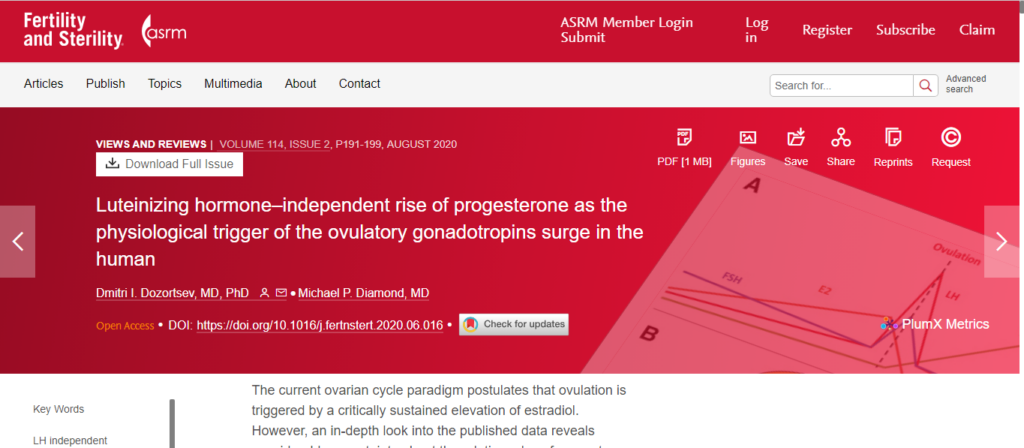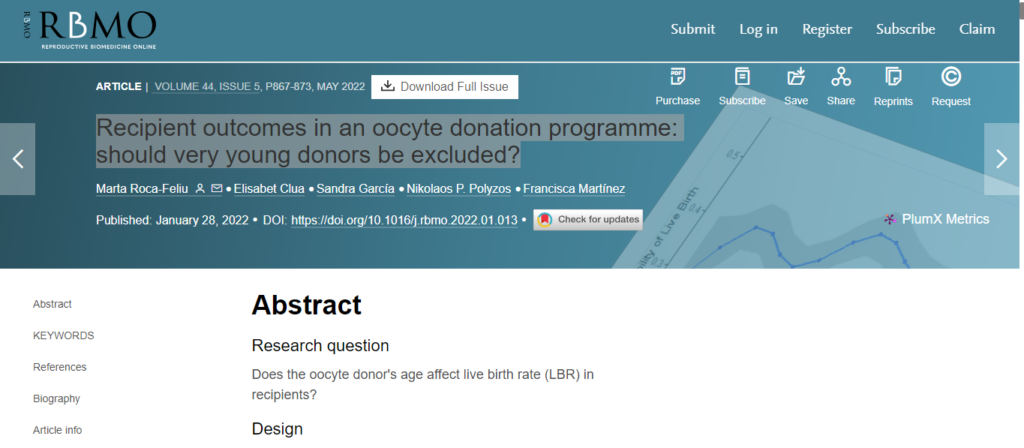For some women, unexplained infertility struggles can be helped by surgery. This may sound like a drastic option, but the typical recommended procedure to help diagnose potential conditions is a minimally invasive pelvic laparoscopy. If you have struggled with infertility, your doctor may recommend this surgery either to diagnose your condition or to treat a known issue.
Basics of a Female Pelvic Laparoscopy
Laparoscopy is a surgery used in reproductive medicine in order to diagnose or treat infertility issues. The procedure uses an instrument called a laparoscope, which is a thin device with an attached camera that allows the surgeon to clearly see any organ damage and disease. With this device, the surgeon can examine a number of structures and tissues in the pelvic area and better understand the cause of any infertility, pain, or other symptoms. The surgery itself only requires small incisions, each about half an inch long. This allows the medical team to avoid an open surgical procedure, which would come with additional risks.
When is a Female Pelvic Laparoscopy Necessary?
Your doctor may recommend a pelvic laparoscopy if you have unexplained infertility, a suspected diagnosis, or a known condition. Some potential reasons for a laparoscopy can include:
- Either chronic, long-term pelvic pain or sudden, severe pain.
- Possible scar tissue, fibroid tumors, or issues in the fallopian tubes or ovaries.
- An ectopic pregnancy.
- Endometriosis deposits that are painful or potentially reducing fertility.
- A pelvic mass or an ovarian cyst.
- Ovarian, endometrial, or cervical cancer.
- Other undiagnosed struggles with infertility.
It’s not a given that those struggling with infertility should have a laparoscopy. A laparoscopy is typically a last resort after other infertility tests. But if your infertility struggles are accompanied by pelvic pain, then your doctor may be more inclined to recommend the procedure. This can include pain from sexual intercourse, severe menstrual cramps, or pain from potential endometriosis, pelvic inflammatory disease, or an ectopic pregnancy. If a diagnosis is confirmed during the procedure, in some cases the surgeon may be able to treat the condition during the same session.
What to Know About the Laparoscopy Surgery and Recovery
The laparoscopy procedure typically requires general anesthesia, although in some cases local anesthesia is appropriate. The surgeon inserts the laparoscope into the abdomen through the small, half-inch small incision.
The surgeon may also examine the reproductive organs with other surgical instruments if necessary. This can include a uterine manipulator, which allows for movement of the vagina, cervix, and uterus, exposing other views of the pelvic anatomy. The doctor may also take tissue samples. If they do note a problem, the surgeon may immediately treat the condition — they may remove scar tissue, or repair or remove parts of the ovaries, uterus, or uterine tubes. Once complete, the surgeon removes the instruments, stitches up the incisions, and bandages the area.
You can expect to feel tired from the anesthesia, but this should dissipate throughout the day. You will likely feel some discomfort and bloating in the abdomen, along with some shoulder or back pain. Most people can be driven home on the same day and resume normal activities within a day or two. You should avoid lifting anything over ten pounds or exercising for at least two weeks.
The benefit of laparoscopy is that it avoids many of the problems of an open surgery — there is less pain, a faster recovery, and a reduced risk of infection. However, a laparoscopy is still a surgery, and your surgeon will inform you of any associated risks before the procedure.
Scheduling a Laparoscopy
If you have questions about an upcoming laparoscopy or are curious if the procedure could help you diagnose your own reproductive condition, get in touch with the Advanced Fertility Center of Texas.



